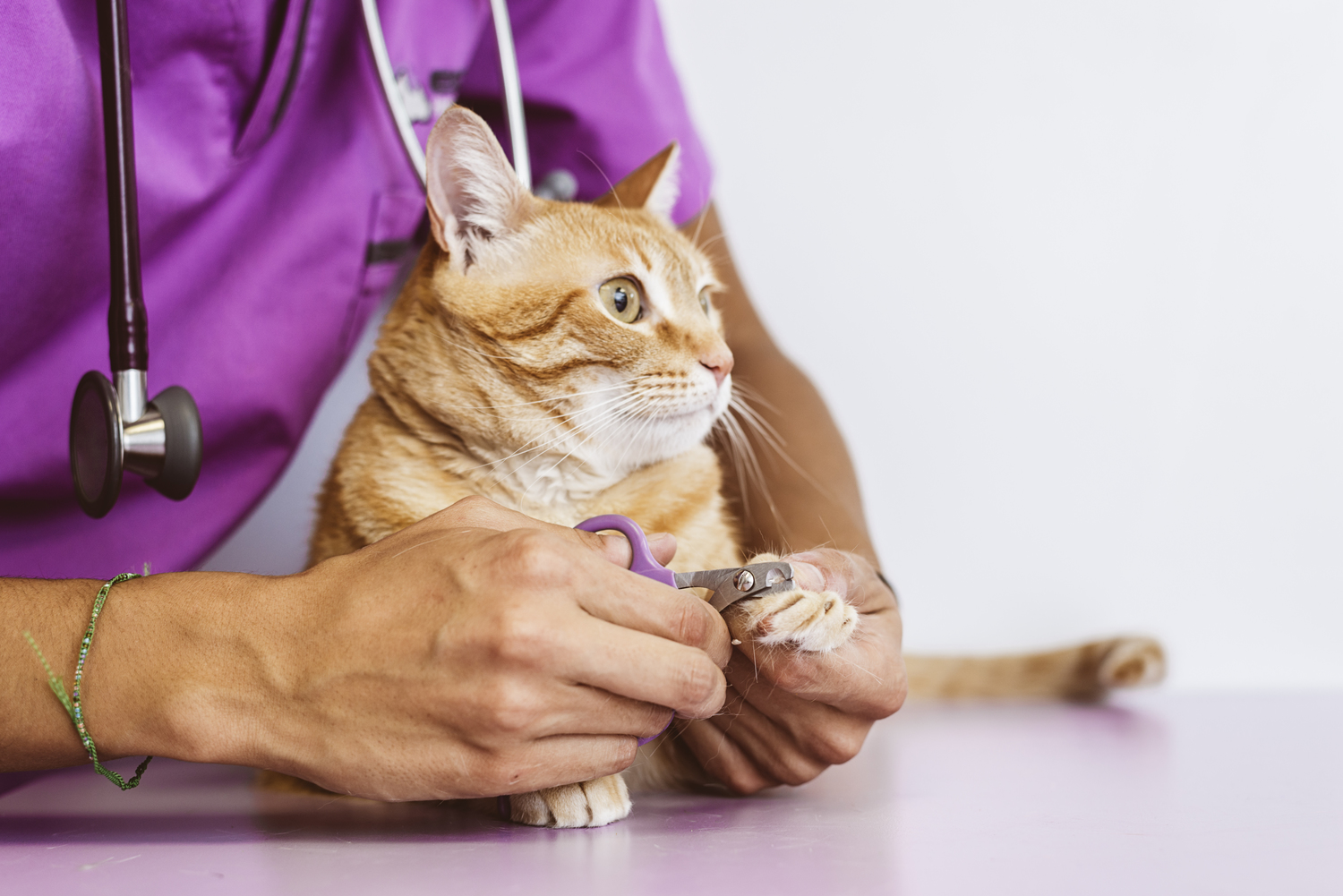
All you need to know about diabetes mellitus in cats
Commonly known as feline diabetes, this problem is quite common among household pet cats. A huge number of pet cats have been getting diagnosed with diabetes mellitus, which indicates their inability to produce insulin. This hormone helps to balance the blood sugar levels or glucose levels. If the condition does not get checked on time, it can lead to coma and even death. Here are some common facts and misconception on diabetes mellitus in felines:
1. How common is diabetes mellitus in cats?
The exact number of cases of diabetes mellitus in cats varies from year to year and place to place. It is estimated that around 0.5 % to 2% of cats are diagnosed with this condition everywhere. While many of the cases are treated due to timely diagnosis and adequate resources, some cats succumb to death or are left paralyzed for a lifetime.
2. What are the main signs of diabetes mellitus in cats?
The early signs of diabetes mellitus in cats are increased and frequent urination. They start urinating more than the usual number of times even though the quantity of urination is very less. They feel thirsty all the time and obese and healthy cats lose weight drastically.
The condition is more commonly seen in obese cats but it is also found in cats with a healthy body weight. Some cats have an increased appetite as their body is not able to get the fuel from the regular food they eat. Even though their appetite increases, there is still a loss of energy and weight.
3. What will happen if it is left untreated?
If diabetes mellitus is left untreated, the pet cat will start showing lethargy and will gradually decrease their day-to-day activity. It can lead to a change in appetite, weight loss, vomiting, dehydration, depression, neurological problems, problems with motor nerves, coma, and even death.
4. Controlling diabetes mellitus in cats
The basic step to controlling diabetes mellitus in cats is diet control. If the cat is already diagnosed with diabetes, a low-carbohydrate diet is a must. If the situation is beyond control then insulin therapy comes handy. In cases wherein the doctor finds out that the cat is too weak for insulin therapy, then oral medications can be used. Generally, vets prefer administering insulin therapy to oral medication as the latter has many side-effects. First, get the animal checked with the vet and wait for further instructions.
5. Steps to starting insulin therapy for cats with diabetes mellitus
Firstly, the animal should be taken to the specialist where the blood and urine are checked through tests and the doctor conducts a physical examination of the animal. This is done to check for behavioral signs to administer insulin therapy. The vet should be consulted every 3-4 months to keep a check on the cats receiving the therapy. Insulin therapy should not be carried out by the pet owners as it may prove fatal to the cat. Proper consultation with the doctor is of utmost importance before the introduction of insulin therapy.


